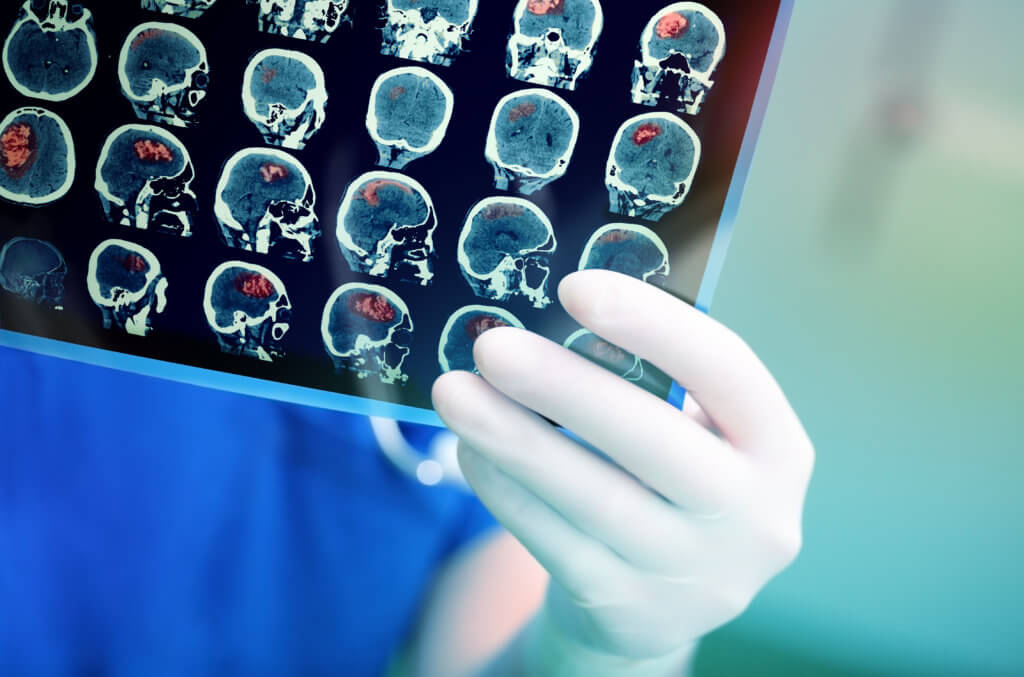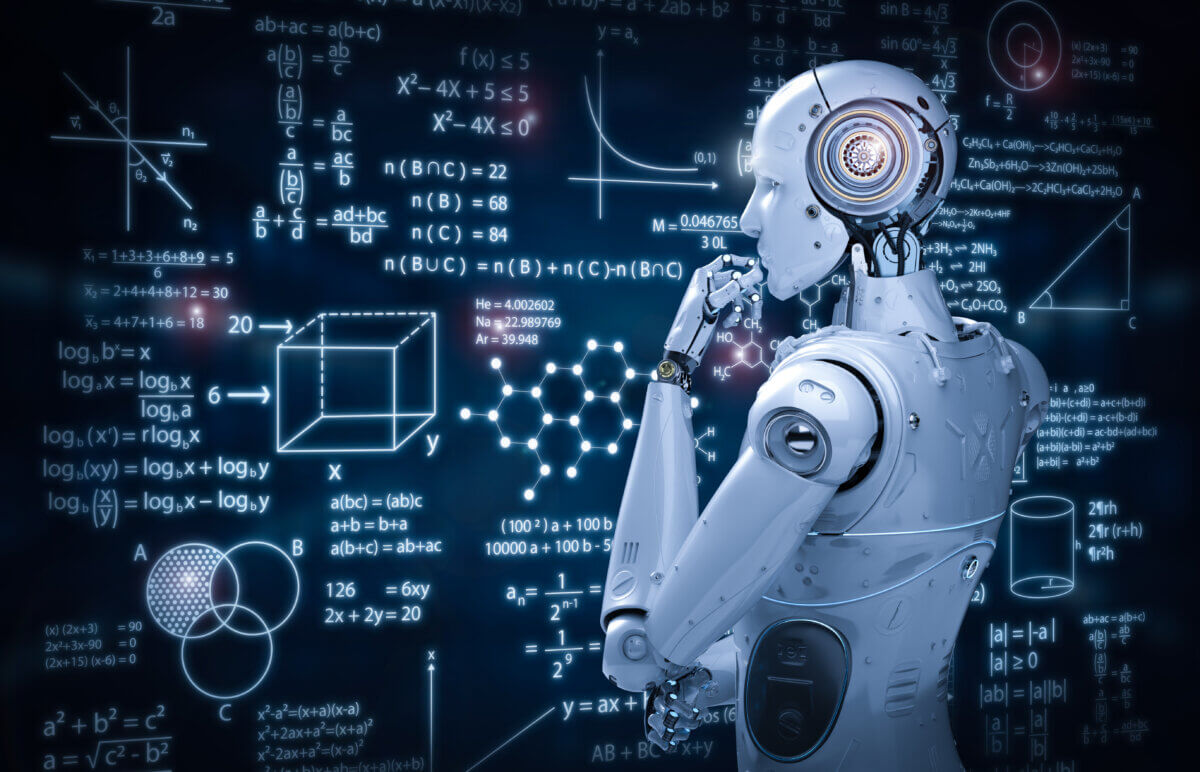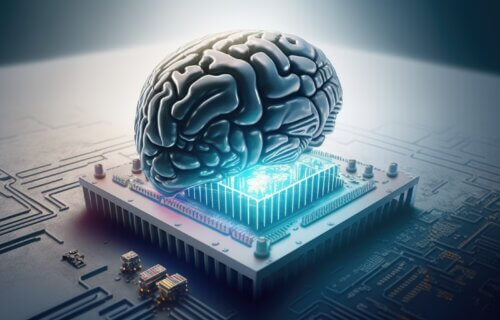BOSTON — Artificial intelligence could help doctors find the answer to curing brain cancer during surgery, a new study reveals. Scientists have developed a tool that decodes a tumor’s DNA while the patient is under the knife. The breakthrough opens the door to personalized treatments for one of the most lethal forms of the disease.
“Right now, even state-of-the-art clinical practice cannot profile tumors molecularly during surgery. Our tool overcomes this challenge by extracting thus-far untapped biomedical signals from frozen pathology slides,” says study senior author Kun-Hsing Yu, assistant professor of biomedical informatics in the Blavatnik Institute at Harvard Medical School.
The technology could improve survival rates for those with the most lethal type of brain cancer, known as glioblastomas. Currently, the critical information is processed during laboratory tests, which can take weeks to decode.
Knowing a tumor’s molecular type enables neurosurgeons to make decisions such as whether to place drugs directly into the brain, while the patient is still on the operating table. It details DNA alterations in a cell. Removing too much tissue when the tumor is less aggressive can affect physical and cognitive function.
Likewise, taking too little when the cancer is spreading fast may leave behind malignant cells that can grow quickly.
“The ability to determine intraoperative molecular diagnosis in real time, during surgery, can propel the development of real-time precision oncology,” Yu adds in a university release.

The standard approach used now involves taking brain tissue, freezing it, and examining it under a microscope. A major drawback is the sample tends to alter the appearance of cells, interfering with the accuracy of clinical evaluation. Furthermore, the human eye, even when using potent scanners, cannot reliably detect subtle genomic variations on a slide.
The AI device, called CHARM (Cryosection Histopathology Assessment and Review Machine), has the potential to overcome these problems. The team hopes it will be approved by the U.S. Food and Drug Administration for use in hospitals once validated through clinical testing in real-world settings.
Advances in genomics have allowed pathologists to differentiate the molecular signatures of various and specific brain cancers. Glioblastoma is the most common form of brain cancer, as well as the deadliest.
According to the American Cancer Society, doctors will discover malignant tumors of the brain or spinal cord in nearly 25,000 U.S. patients in 2023 alone. Only seven percent of patients survive glioblastoma. Most patients succumb within two years, and few make it past five, a statistic that hasn’t improved in decades.
CHARM’s ability could be particularly valuable in areas with limited access to technology to perform rapid genetic sequencing. It provides clues about a tumor’s aggressiveness, behavior, and likely response to various treatments — informing post-operative decisions.
CHARM was developed using 2,334 brain tumor samples from 1,524 people with glioblastoma from three different patient populations.

When tested, the tool distinguished tumors with specific molecular mutations at 93 percent accuracy and successfully classified three major types of glioblastoma that respond differently to treatments. It also captured visual characteristics of the tissue surrounding the malignant cells.
CHARM was capable of spotting telltale areas with greater cellular density and more cell death within samples, both of which signal more aggressive forms. The tool pinpointed clinically important molecular alterations in less aggressive low-grade glioblastomas that are less likely to invade surrounding tissue.
It could be successfully retrained to identify other types of brain cancer, according to Dr. Yu. Scientists have already designed AI models to profile colorectal, lung, and breast cancers. Glioblastoma remains particularly challenging due to its molecular complexity.
“Just like human clinicians who must engage in ongoing education and training, AI tools must keep up with the latest knowledge to remain at peak performance,” Yu concludes.
CHARM is described in the journal Med.
You might also be interested in:
- New drug that destroys deadly brain tumors could reach patients within 5 years
- Hot testicles may explain why elephants hardly ever get cancer
- Artificial intelligence 25% better than other tools at predicting breast cancer risk
South West News Service writer Mark Waghorn contributed to this report.

